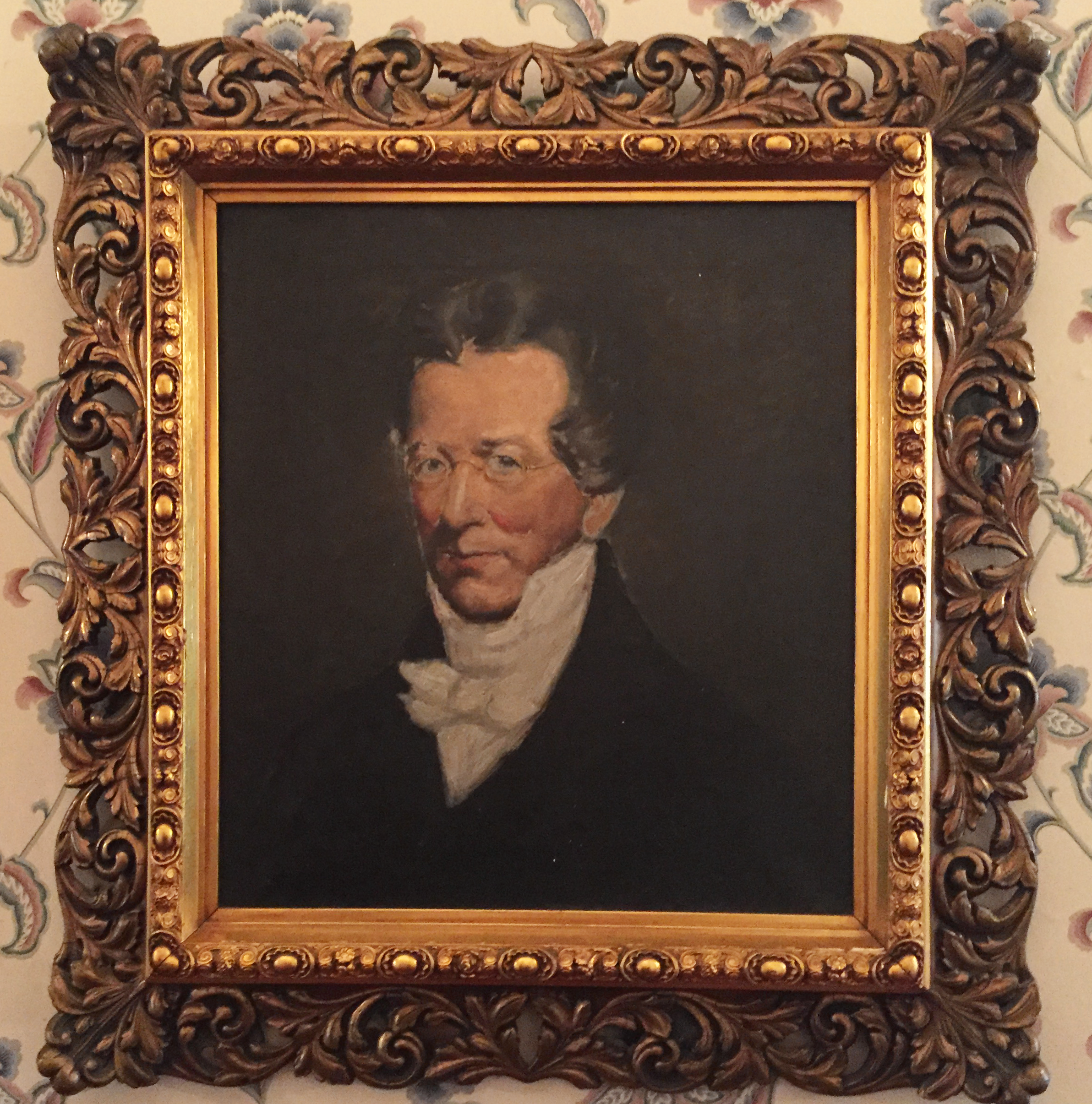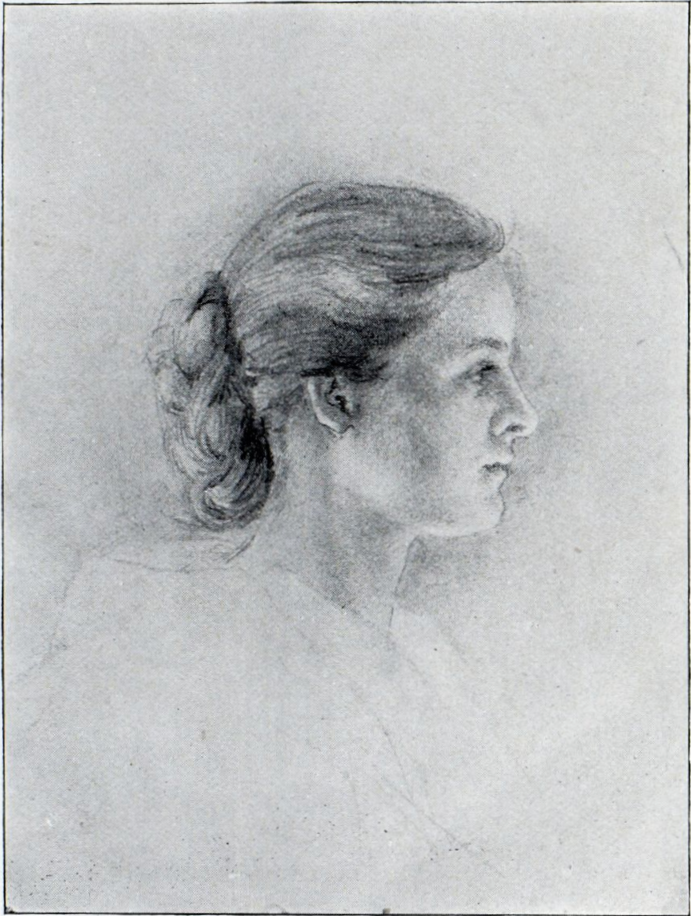 [1]Much has been said about the progressive nature of the Art Students League of New York with its mission of arts education for all. At a time when the status of higher education of women and coeducation in postsecondary settings was still fragile, the League admitted women students from its beginning. And although the inclusion of African Americans came much later, it was still considered progressive when it finally did happen. But what about other disenfranchised groups such as disabled artists? Deaf individuals, in particular, have often been described—not in a subtractive way as “non-hearing” people— but rather as “people of the eye” who have a visual way of being in the world. What of the artists among them and the role of the Art Students League (ASL)?
[1]Much has been said about the progressive nature of the Art Students League of New York with its mission of arts education for all. At a time when the status of higher education of women and coeducation in postsecondary settings was still fragile, the League admitted women students from its beginning. And although the inclusion of African Americans came much later, it was still considered progressive when it finally did happen. But what about other disenfranchised groups such as disabled artists? Deaf individuals, in particular, have often been described—not in a subtractive way as “non-hearing” people— but rather as “people of the eye” who have a visual way of being in the world. What of the artists among them and the role of the Art Students League (ASL)?
One of the earliest known Deaf ASL students was Sarah Taylor Adams (1869–1894). Adams grew up in western New York state where her father was a well-known minister. (His former church, which later became Adams Art Gallery, is now a community arts/event space in Dunkirk, NY). Adams, who became Deaf about age 3, attended the Western New York Institution for Deaf Mutes (later, the Rochester School for the Deaf). There, she distinguished herself as an artist. In the hallway of the main building of the Rochester School for the Deaf hangs two portraits painted by Sarah Adams. One is Mozart and the other is Rev. Thomas Hopkins Gallaudet. Rev. Gallaudet helped found the first permanent school for the Deaf in the United States in Hartford, Conn. Gallaudet University in Washington, DC, a historically Deaf college established in 1864, was named in his honor. These works, created by Adams before she attended the ASL, were likely originally gifted to faculty members. In addition to paintings, Adams also produced a number of drawings and engravings.
 [2]
[2]While Adams clearly had learned to sign among her Deaf peers at school, the method of communication in the classrooms was known at this time as the Rochester Method. A laborious method of f-i-n-g-e-r-s-p-e-l-l-i-n-g e-v-e-r-y l-e-t-t-e-r i-n e-v-e-r-y w-o-r-d t-h-a-t i-s s-a-i-d, the Rochester Method was developed with the goal of improving Deaf students’ English skills. While Adam’s letter writing exhibits basic competency, she seemed to have been relatively successful in lipreading and using vocal speech.
In addition to some private lessons, Sarah Adams took drawing classes at the Mechanics Institute (later the Rochester Institute of Technology, RIT) and was one of its first Deaf students. Today, RIT is home to the National Technical Institute of the Deaf and over 1,000 Deaf students study there.
From Rochester, Adams journeyed to New York City to attend the ASL in the winter of 1889. At a time when the education of Deaf women was being viewed as “experimental” at Gallaudet University, Sarah Adams was taking classes at the ASL. It is difficult to imagine the independence and courage it took for this young Deaf woman to move to NYC and claim a space for herself in a prominent art school. Navigating art school while Deaf was most certainly a challenge, but given the hands-on studio experience, Adams seemed to have thrived. In addition, she was under the instruction of Augustus Saint-Gaudens. Saint-Gaudens had experience communicating with Deaf people as his wife was Deaf. Augusta Fisher Homer, an artist herself, had become Deaf in early adulthood.
After two years at the League, Adams was hired as an art teacher at an all-hearing girls’ school in Connecticut. Rosa Halpen, a Deaf contemporary of Adam’s, later explained how a young Deaf woman was able to get such a position:
There [at the Art Students League in NYC] her work was of such high order that when the Principal of a seminary for young ladies in Waterbury, Conn., came to the Art League to find a teacher of art for her school, Mr. Saint-Gaudens unhesitatingly recommended Miss Adams. When the lady expressed astonishment at his suggesting a deaf teacher for her hearing pupils, Mr. Saint-Gaudens said in substance, “You will, of course, use your own judgment in the matter, but I assure you that you cannot do better than to take Miss Adams.” Persuaded by the earnestness of Mr. Saint-Gaudens, the lady made Miss Adams an offer of the position in her school.
Adams became a drawing teacher at St. Margaret’s Academy in the art department headed by Robert B. Brandegee. Brandegee, as well as Charles Noel Flagg, both Hartford Art Colony painters, mentored Adams and critiqued her paintings. While living in Connecticut, Adams wrote that her goal was to continue developing her artistic skills and to earn enough money to pursue further study in Europe.
 [3]
[3]Unfortunately, Adams life was cut short by illness and after only two years of teaching she had died. A year after her passing, her father gathered some drawings Adams had made to illustrate his sermons related to Les Miserables and published a book.
At her memorial service, it was said that there was no doubt that Adams had considerable genius as a young artist. She was acknowledged as a pioneer whose ambition was to overcome the prejudice that Deaf people experience for the sake of future generations of Deaf artists. By opening its doors, the Art Students League of New York played a vital role in Sarah Taylor Adams’ desire to challenge ableist discrimination and to grow as an artist.
KC CHRISTIE is a scholar of deaf culture and creator of the project Herstories of Deaf Women[4].
- [Image]: https://asllinea.org/wp-content/uploads/2021/02/Screen-Shot-2021-02-24-at-2.49.13-PM-1.png
- [Image]: https://asllinea.org/wp-content/uploads/2021/02/2gally-sarah.png
- [Image]: https://asllinea.org/wp-content/uploads/2021/02/STA-selfdrawing-1.png
- Herstories of Deaf Women: https://deafwomeninhistory.wordpress.com/